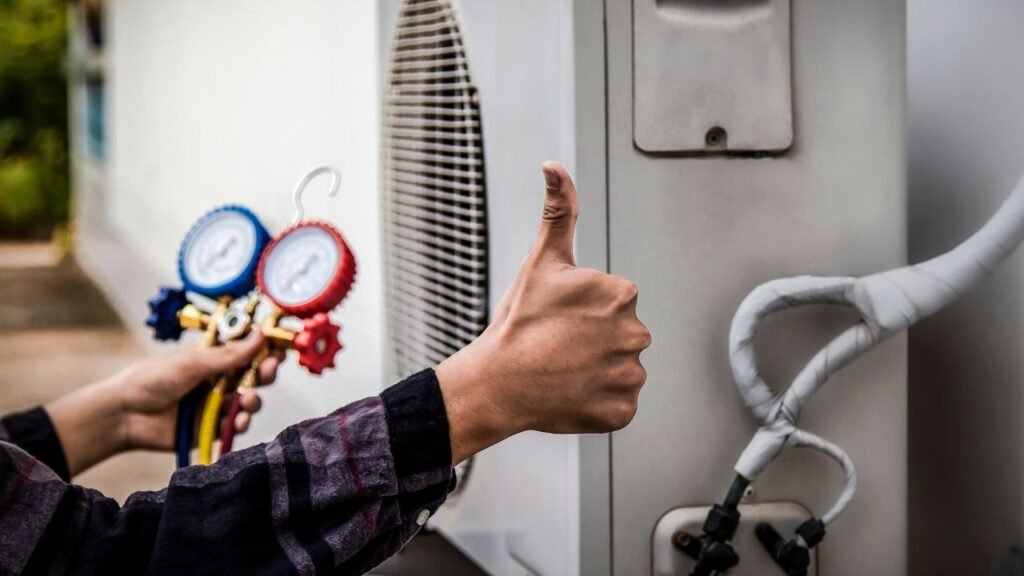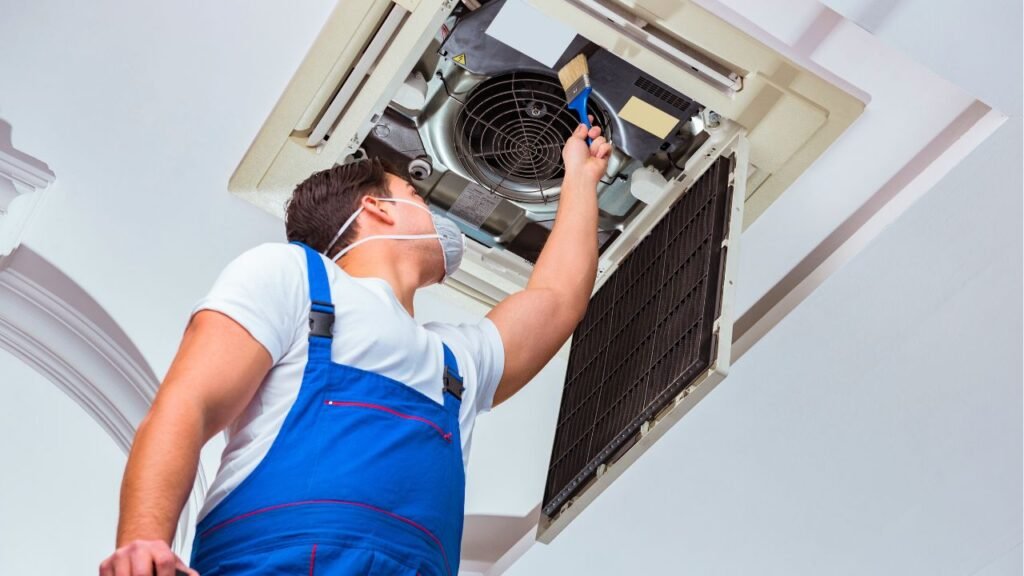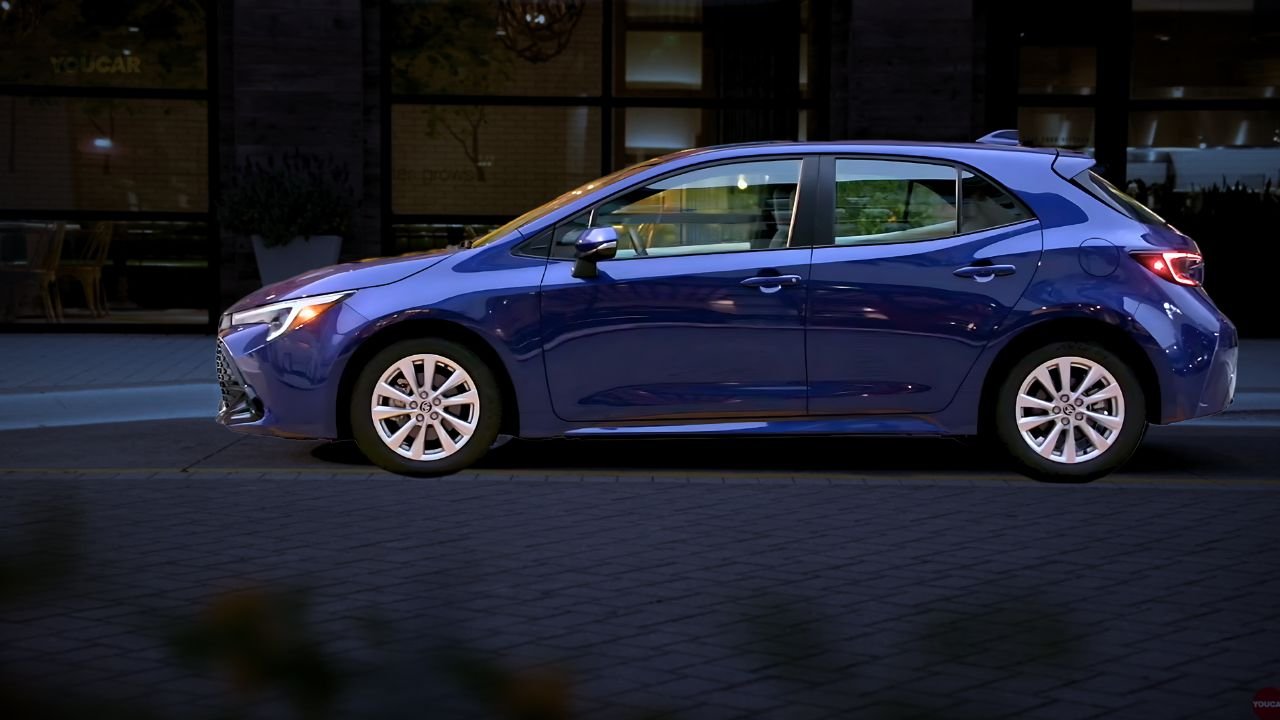The New Refrigerant 2025: What You Need to Know
September 17, 2024 | by Team Neftin Mazda

As 2025 approaches, there’s a big change coming that will impact homeowners across the country—the new refrigerant 2025 revolution. While this topic might not seem exciting at first glance, it’s going to have a huge effect on how comfortable you stay at home and how much you’ll be spending on your HVAC system in the coming years. Whether you’re planning to replace your air conditioning unit or just trying to stay informed, the new refrigerant regulations are something every homeowner should understand.
Why is There a Change in Refrigerants?

The upcoming new refrigerant 2025 changes are all about protecting the environment. The refrigerants used in most HVAC systems today, such as R410A, contain chemicals called hydrofluorocarbons (HFCs).
While HFCs are great at controlling temperature, they come with a big environmental cost—they have a high Global Warming Potential (GWP). In simple terms, HFCs are thousands of times more potent than carbon dioxide when it comes to trapping heat in the atmosphere.
Because of this, there’s a global push to phase out HFCs, and the U.S. is part of this movement with the passing of the AIM Act. This act empowers the EPA to set standards and gradually phase down the use of harmful HFCs in HVAC systems. The goal is to replace these chemicals with more environmentally friendly alternatives that have a lower GWP.
What is GWP and Why Should Homeowners Care?

GWP, or Global Warming Potential, is a measure of how much a gas can heat the atmosphere relative to carbon dioxide. HFCs like those in R410A can be thousands of times more powerful in trapping heat than CO2. In other words, they’re like silent contributors to climate change, and that’s why there’s such an urgent need to phase them out.
The new refrigerant 2025 regulations aim to replace high-GWP refrigerants with alternatives that are less harmful to the environment. This is great news for the planet, but it also has practical implications for homeowners who may need to replace or upgrade their HVAC systems.
The 2025 Deadline: What It Means for You
So, what does the new refrigerant 2025 change mean for you as a homeowner? By 2025, any new HVAC system, whether it’s an air conditioning unit, heat pump, or ductless system, will need to use these new, climate-friendly refrigerants.
But don’t worry—if your current system is working well, you won’t need to replace it immediately. You can continue servicing your system with R410A as long as it’s operational. However, when it’s time to replace your system, you’ll need to switch to one that uses the new refrigerants.
Repair or Replace? Navigating the Transition
If your current HVAC system is relatively new and running well, you might be wondering if you should repair it or replace it before the new refrigerant 2025 regulations take effect.
The good news is that you can still get your system serviced with R410A for now. However, as time goes on, repairs may become more expensive due to the decreasing availability of older refrigerants.
On the other hand, replacing your system might seem like a big expense, but newer systems designed to use low-GWP refrigerants are generally more energy-efficient. This means you could save money on energy bills in the long run, making the upfront investment worthwhile.
Partial Replacement: A Loophole for Some Homeowners
If you’re not ready for a full system replacement, there’s a bit of a loophole in the new refrigerant 2025 guidelines. You can replace parts of your system—such as the outdoor or indoor unit—while still using R410A.
However, if you replace both units at once, the new system will need to comply with the 2025 refrigerant standards. This could give you some flexibility in deciding when to fully transition to the new refrigerants.
The Benefits of Upgrading to New Refrigerant Systems
While the new refrigerant 2025 changes might seem like a hassle at first, there are plenty of benefits to upgrading your HVAC system when the time comes. One of the biggest advantages is energy efficiency.
HVAC systems that use low-GWP refrigerants are designed to be more efficient, which means they require less energy to cool or heat your home. This can lead to significant savings on your monthly energy bills, which is great for your wallet.
Additionally, because these newer systems are built with sustainability in mind, they tend to come with advanced features that make them more user-friendly. Many new units have smart thermostats, zoning options, and other tech-savvy solutions that allow you to better control your home’s temperature and reduce energy waste.
Long-Term Savings and Environmental Impact
Beyond the immediate energy savings, switching to a system that uses the new refrigerants of 2025 also means reducing your home’s carbon footprint.
These refrigerants are much less harmful to the environment, helping to mitigate global warming and reduce greenhouse gas emissions. By upgrading, you’re not only contributing to a greener planet but also setting your home up for long-term sustainability.
As the world continues to prioritize environmental responsibility, regulations like the new refrigerant 2025 rule are expected to become more common. By making the switch now, you’ll be ahead of the curve and won’t have to worry about scrambling to replace your HVAC system when future regulations roll out.
How to Prepare for the 2025 Refrigerant Changes?
If you’re a homeowner who’s unsure of when to upgrade or how to prepare for the new refrigerant 2025 changes, here are a few steps to consider:
- Schedule a Professional HVAC Inspection: Have a licensed HVAC technician inspect your system to determine its current condition and lifespan. This can help you decide whether it’s worth investing in repairs or if you should start planning for a replacement.
- Monitor Your Energy Bills: If you’ve noticed your energy bills steadily increasing, it might be a sign that your HVAC system is no longer operating efficiently. Upgrading to a newer, energy-efficient system could help lower these costs.
- Research Financing Options: While replacing an HVAC system can be a significant investment, there are often financing options, rebates, and tax incentives available for energy-efficient upgrades. Check with your local utility company or government programs to see if you qualify for any discounts.
- Consider the Long-Term Benefits: While it might be tempting to put off upgrading, consider the long-term benefits of switching to a system that complies with the new refrigerant 2025 standards. These systems are designed to last for many years, and the savings on energy bills can help offset the initial cost of installation.
RELATED POSTS
View all


